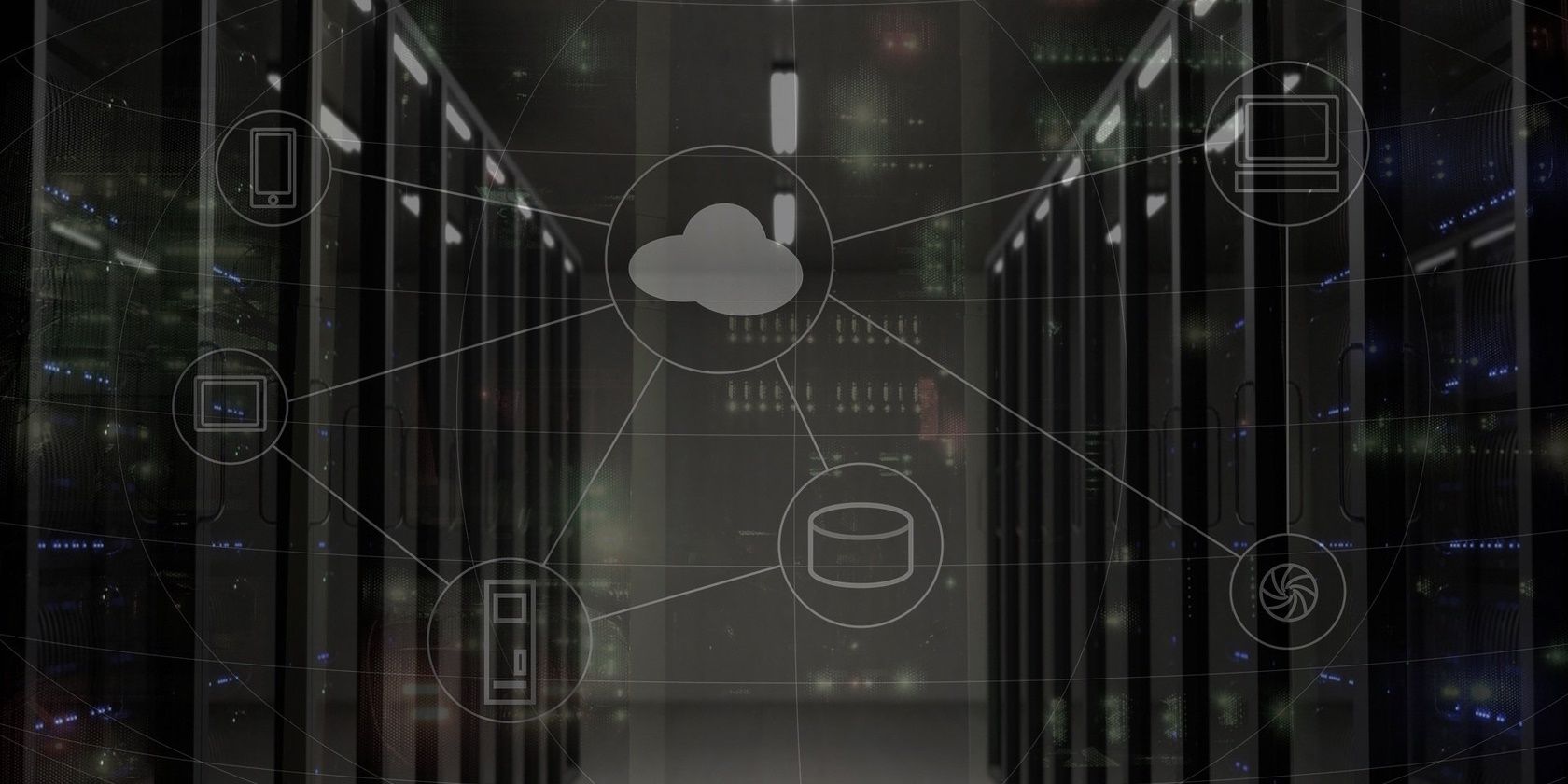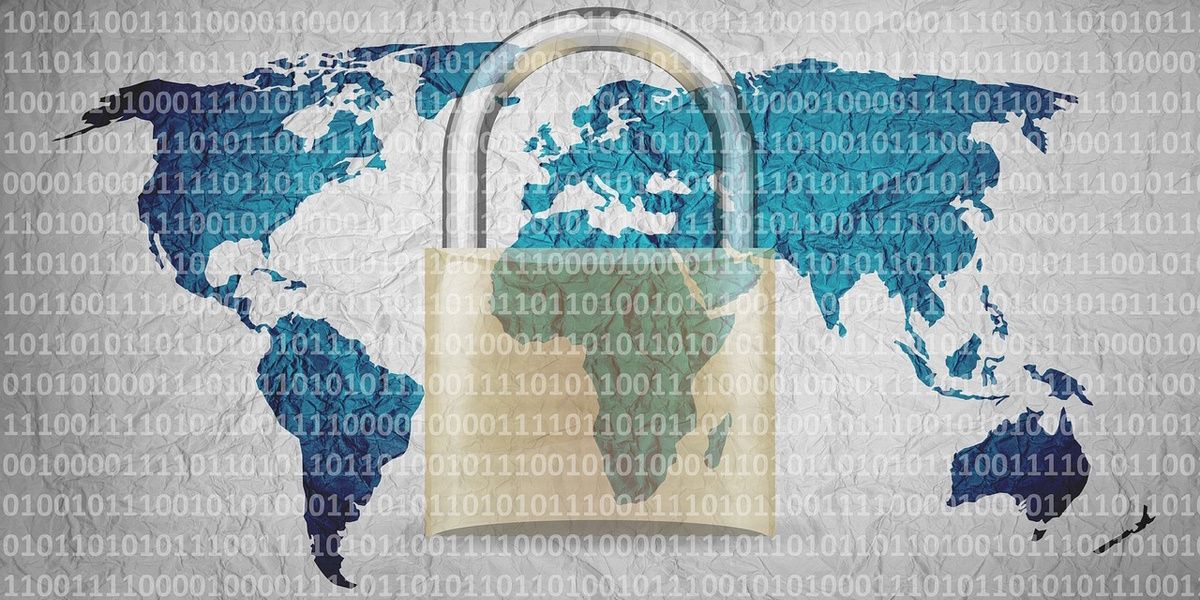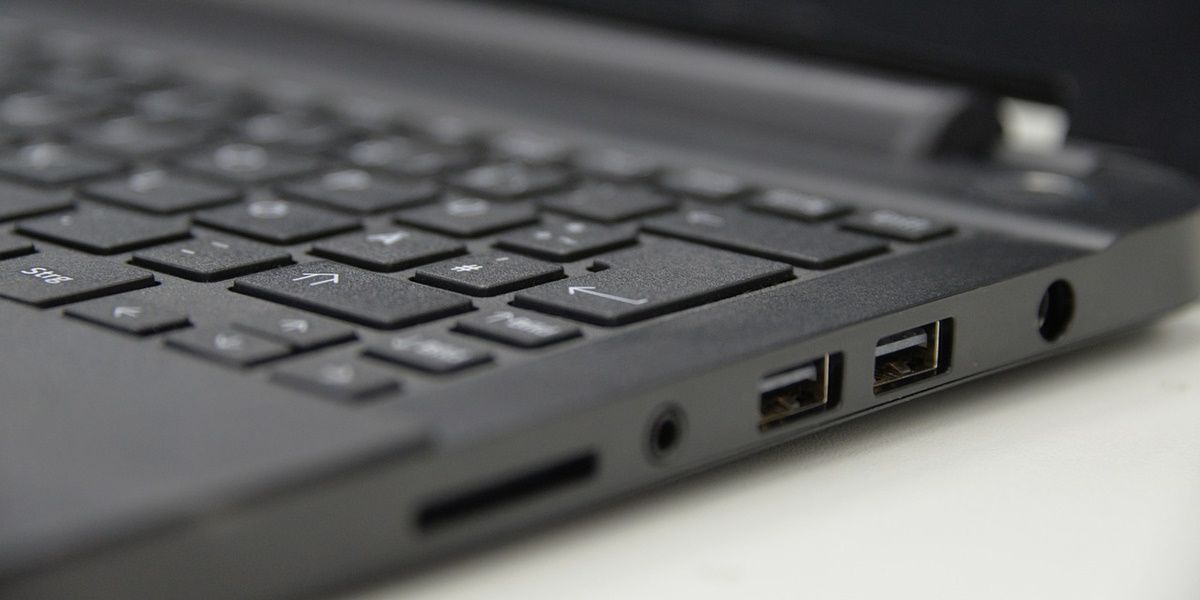Various people aim to steal corporate data. As most companies try to tighten their network security, these thieves instead target endpoint devices that have access to enterprise networks.
Since endpoint devices are outside the protection of an otherwise well-guarded network, companies are at the whim of employees to use them securely. This makes implementing endpoint security best practices crucial to protecting your network and company data.
What Is Endpoint Security?
Endpoints are devices that connect to your corporate network, such as laptops, desktops, mobile devices, IoT devices, and servers. When connected to a network, endpoint devices communicate back and forth with the network, like two people talking to each other.
Endpoint security ensures that endpoint devices are protected from various cyberattacks. It uses various tools and techniques to protect devices, servers, and networks.
Why Endpoint Security Is Critical
Unsecured endpoint devices present severe security risks and weaken the overall security posture of your company.
If endpoints are not secured enough, they are susceptible to various endpoint security threats. Malware attacks, social engineering attacks, drive-by-downloads, data breaches, and device losses are just a few threats to mention.
According to a report from Ponemon Institute and Adaptiva, an average of 48 percent of endpoint devices are at risk.
In a time when more and more employees are working remotely, you can't ensure that they follow cybersecurity best practices. For example, they might be working in a café using a public Wi-Fi network without having adequate protection.
Implementing endpoint security best practices is crucial to secure your IT infrastructure.
Endpoint Security Best Practices to Stay Safe
Here are the best practices for endpoint security to minimize security risks.
1. Install an Endpoint Security Solution
An endpoint security solution protects endpoints from malware, viruses, malicious applications, and other harmful programs.
Ensure that all endpoint devices have a reliable endpoint security solution installed, such as ESET Endpoint Security, Heimdal Threat Prevention Endpoint, or Bitdefender GravityZone.
2.Use Encryption for Data Protection
Encryption adds an extra layer of security to your data and devices, so encrypt every hard drive connected to your network to enhance endpoint protection.
As a result, a cybercriminal cannot access sensitive data on an endpoint device if they get hold of your company device.
If your employees have to use USB drives or any other storage media to do data transfers, enable encryption on these devices as well.
3. Use Content Disarm and Reconstruction (CDR)
A content disarm and reconstruction (CDR) system is a valuable tool that strips off malicious content from files before forwarding them to the recipients.
Threat actors hide malware like ransomware or remote access Trojans in documents and send these infected documents to employees.
Having a CDR installed on your endpoints will ensure that all known and unknown threats contained in documents will be eliminated before they can harm an endpoint device.
4. Set a Clear BYOD Policy
Post COVID-19 pandemic, remote working has become common. This has led to increased use of personal devices.
However, personal devices pose a big security threat as they can lack data encryption and other security capabilities. Personal devices can also get lost. As a result, unauthorized users may access sensitive data.
Make a clear bring your own device (BYOD) policy to encourage your employees to use their own devices safely to secure business data.
5. Track All Devices Connected to Your Network
Continuous monitoring of endpoint devices connected to your enterprise network is a must to keep your network safe from security threats.
List how many endpoints your company has, including company devices, employee-owned devices, IoT devices, and business phones. Use reliable endpoint management software to check the real-time visibility of devices on your network.
6. Regulate USB Port Access
USB ports, if not regulated, are significant security threats. Threat actors can perpetuate various USB attacks, such as USB drop attacks, to compromise network security. Worse, they can carry out USB Killer attacks to cause irreparable damage to your endpoints.
So, make a strict policy against the use of unknown USB drives. If possible, disable USB ports on endpoints in your company to protect from various USB threats.
7. Implement Zero-Trust Network Access
Implementing zero-trust network access (ZTNA) ensures that every endpoint device is authenticated and authorized before granting access to the company's resources.
Also, ZTNA offers access to only specific services or applications in the network through an encrypted tunnel, thereby reducing the threat surface. Consequently, if an endpoint device is compromised, the threat actor will have access to only specific services or applications, not the entire network.
8. Update OS and All Software Proactively
Delaying operating systems or software updates increases security risks. This is because hackers exploit vulnerabilities in old operating systems and software to gain access to end users' devices. Once inside an endpoint, they try to get into the enterprise network.
So make a policy that all employees have to update their PCs and software programs as soon as the updates are available. Failing to do so should attract some form of penalty.
Also, do random device audits to assess if endpoint users are installing all the latest updates for operating systems and software.
9. Implement Least Privilege
Users should be given the bare minimum access to the network and IT resources to perform their duties.
If an attacker compromises an endpoint device having low-level access to the network, they will not be able to cause significant damage to the network.
The principle of least privilege can help reduce social engineering attacks, enhance operational performance, and improve incident response.
10. Implement Anti-Phishing Solutions
Phishing is one of the most common cyberattacks. People fall of them often, and they require minimal resources to carry out.
Implementing an effective anti-phishing solution is necessary to protect endpoints. You can also run simulated phishing tests to help your employees spot actual phishing attacks.
11. Increase the Frequency of Employee Education Sessions
Human error is the cause of most data theft and data breach incidents. And cybersecurity training programs are an excellent tool to make your employees learn about risky behavior, thereby reducing endpoint security risks. So, build a sold cybersecurity employee training program for your employees.
Cybersecurity training shouldn't be the once-a-year type of event. Instead, run multiple security training sessions during a year. Doing so will help create a cybersecurity culture in your company.
Ideally, a cybersecurity training program includes social engineering attacks, password hygiene, safe internet and email use, removable media, and various types of endpoint attacks. But the exact topics to include in your employee cybersecurity program depend on your threat landscape.
Protect Your Endpoints to Prevent Cyberattacks
News of ransomware attacks and incidents of data breaches is common these days. Threat actors target endpoints endlessly to steal, encrypt, and exfiltrate sensitive data.
So take the proper security measures to prevent endpoint attacks. Have robust endpoint security solutions in place and ensure endpoint security best practices are thoroughly implemented.
If your employees work remotely, know the various security risks associated with remote working and how to address them to protect your network.



